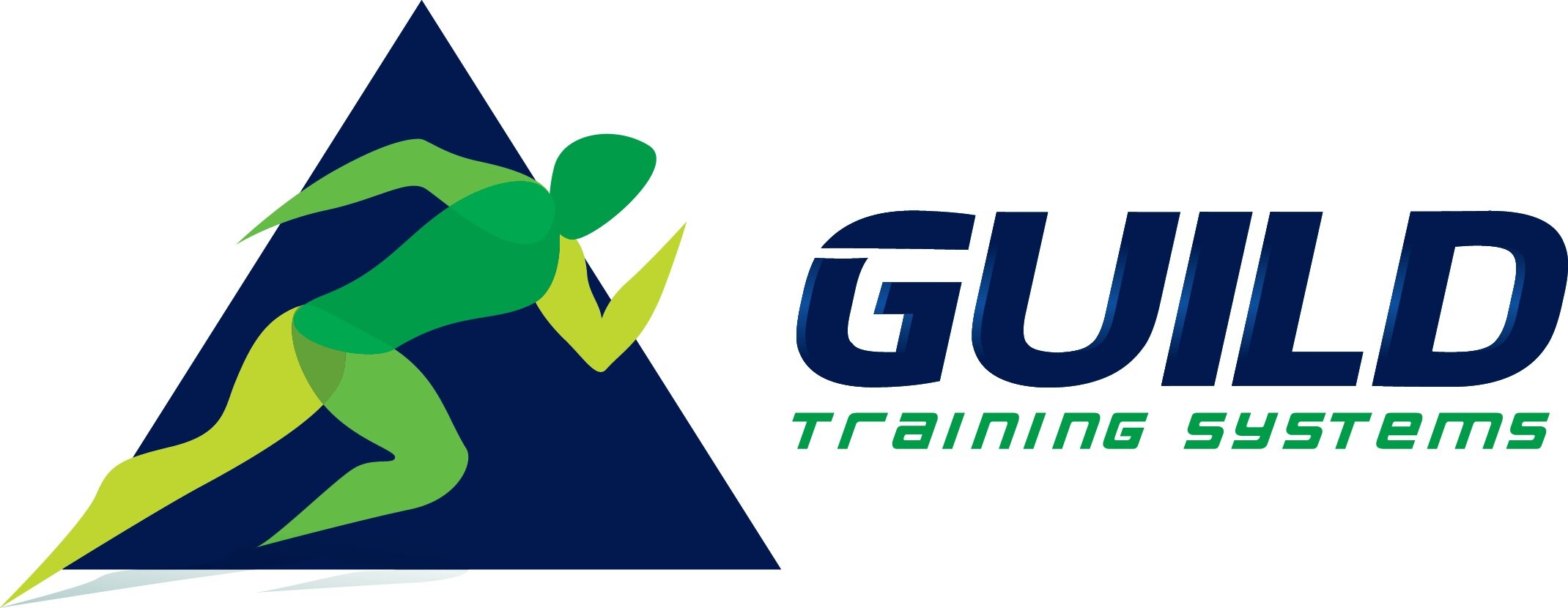Dumbbell Row - Helpful or Harmful?
If you’ve been training for any period of time, you’ve probably been encouraged to incorporate more pulling variations into your routine. Dumbbell row has been a staple for strength coaches since the dawn of the dumbbell, oftentimes being put into programs at a 2:1 or 3:1 ratio when compared with pressing variations. Needless to say, meatheads love rows.
Why though? Why do strong people and weak people alike feel the need to increase their rowing volume? The reasoning that I’ve come across include improving posture, grip strength and shoulder stability. By improving the strength and endurance in the backside of our bodies, maybe, just maybe, we can fight off gravity for a little while longer.
I agree with all of this to a certain point. Right up until I find meathead #7 trying to dumbbell row 80’s for a set of 25 while listening to ACDC at a decibel level that is downright unkind to the human ear. Watching something like that takes “posture” and throws it right out the door. The main reason for this is the impact of neck musculature on the row pattern, especially when we start lifting appreciable weights. Our bodies have a tendency to compensate for weakness in the rhomboids, posterior cuff and lower trapezius muscles and let other muscles like the latissumus dorsi, upper trap and scalenes take over the pattern.
Looking at the dumbbell row on the left vs. the row on the right helps to paint this picture. On the left, the scapula drives the movement, retracting and protracting with minimal elevation or “shrug”, leading to a smooth pattern that keeps the shoulder joint in a centered position.
On the right, the scapula elevates excessively, causing a shrug pattern and leading to a lack of retraction/protraction. This “false” retraction takes the load off of the rhomboids and puts muscles like the latissimus dorsi and upper trapezius in a perfect position to fire and take over.
*A quick way to determine if your row pattern is falling into the faulty pattern shown is to take a video from the side. Is your elbow traveling behind your ribcage excessively? What about the distance between the top of your shoulder and ear? Is it staying the same or shortening? If you can see the shrug pattern and drifting elbow from the side, adjustments may be in order.
Why is a latissimus/upper trapezius dominated row pattern faulty? Who cares really?
Your shoulder does.
Elevation of the shoulder girdle can lead to additional stress through musculature in your neck, shortening up muscles like the sternocleidomastoid, scalene and upper trapezius. Along with that shrug pattern, humeral anterior glide caused by excessive latissimus dorsi usage can cause the humeral head to irritate the front aspect of the glenohumeral joint, causing discomfort in the front of the shoulder and/or irritation to the bicipital tendon, both of which are widely common and need no further help from the dumbbell row!
Dumbbell rows are great for building a strong back, improving upper back posture and overall grip strength. One can only reap these rewards if the dumbbell row is being done correctly. By paying attention to the distance between the shoulder and the ear, along with creating space between the elbow and the ribcage, we can take the advantage away from the latissimus and upper trapezius and allow the exercise to be used for what it’s intended.
Happy training.
